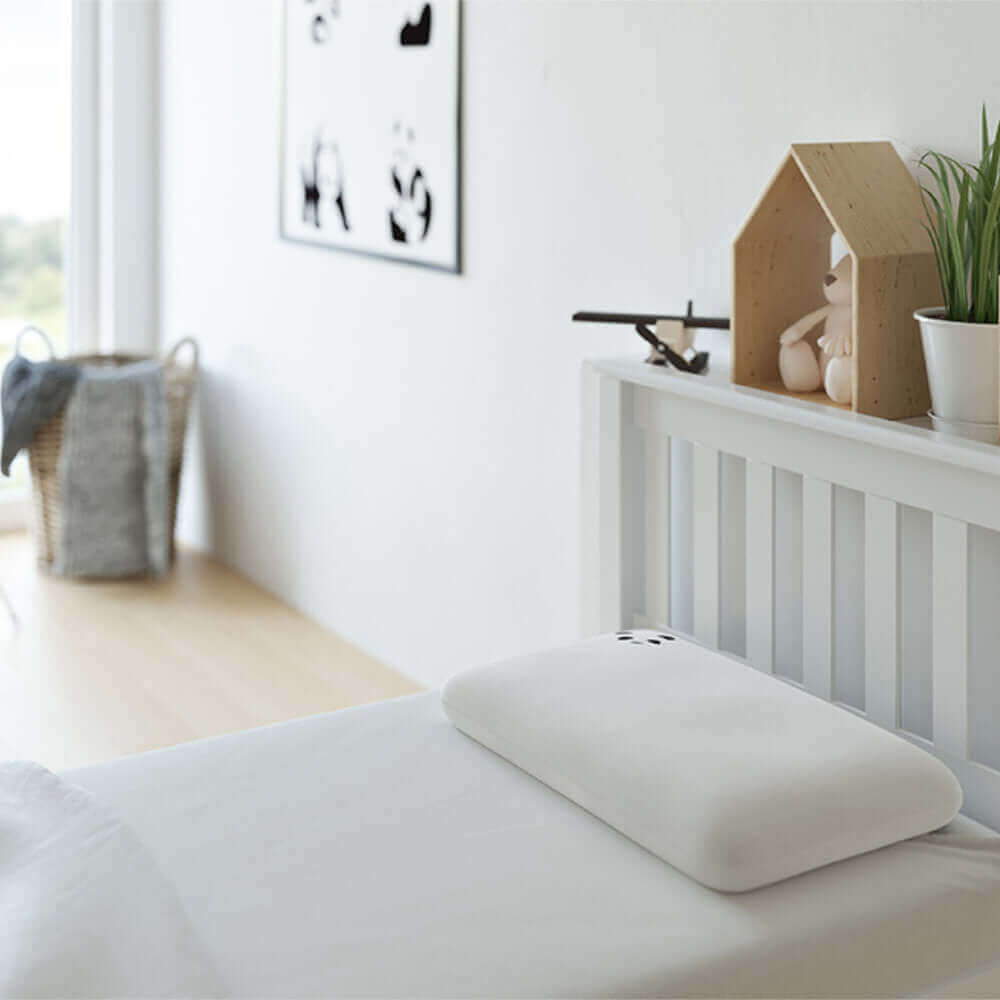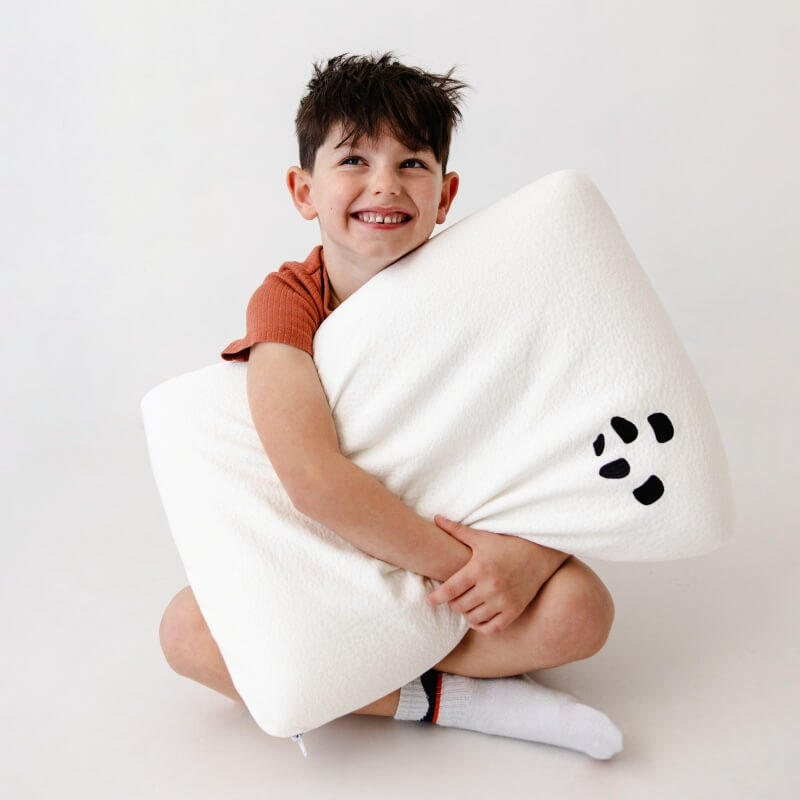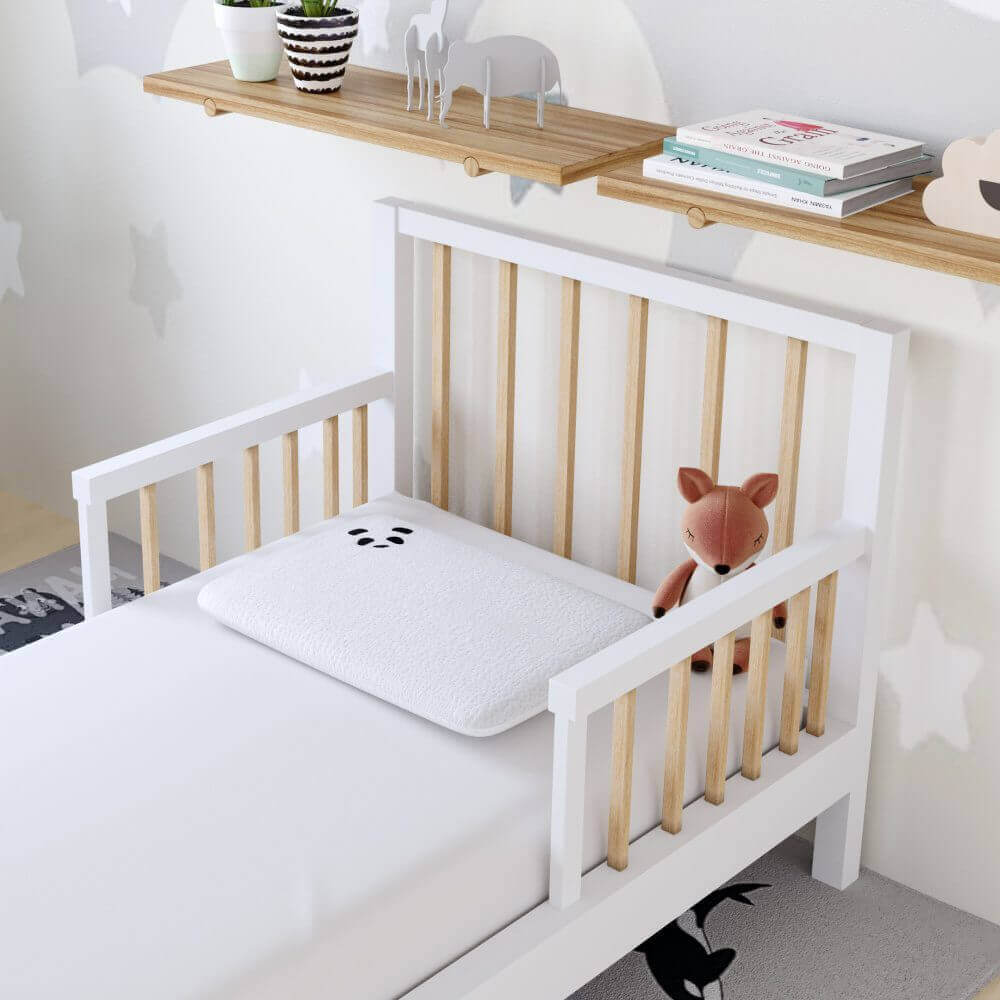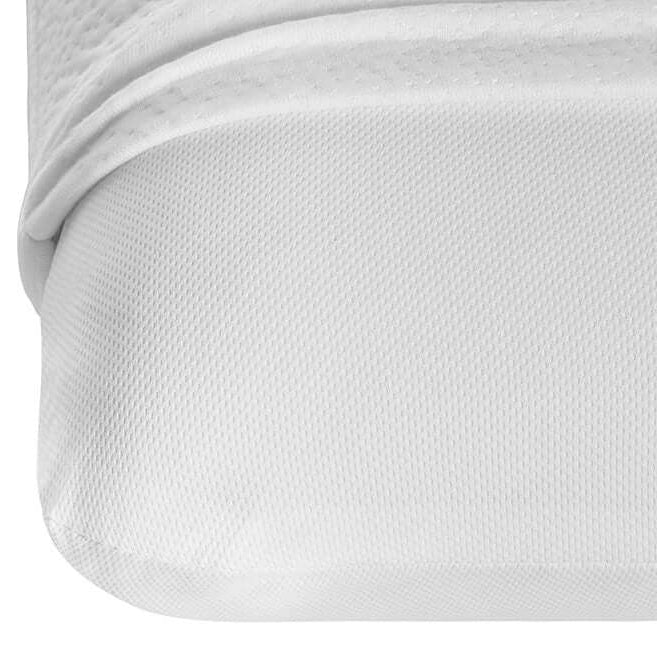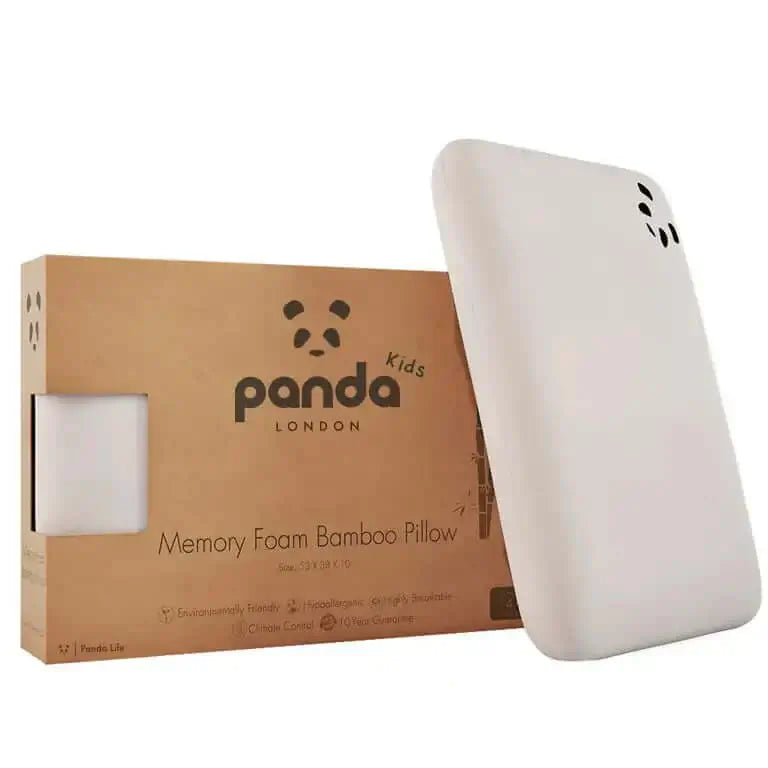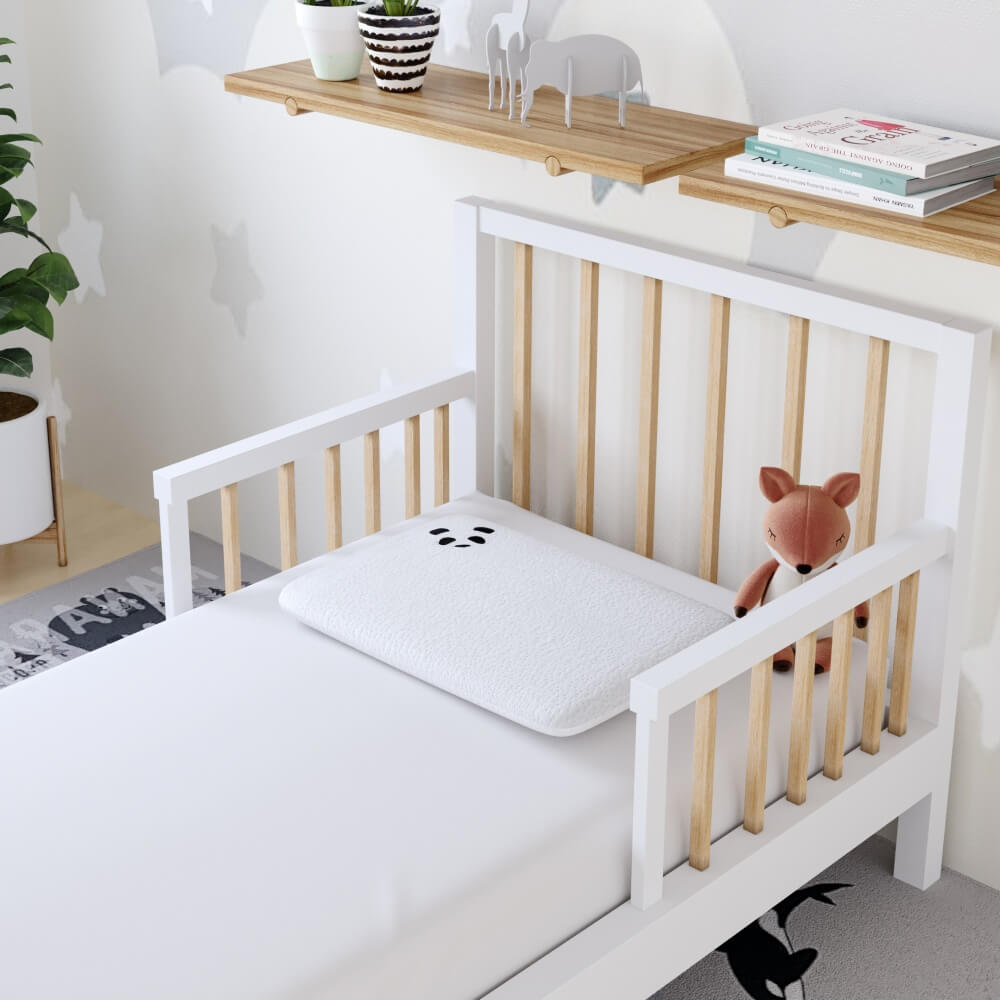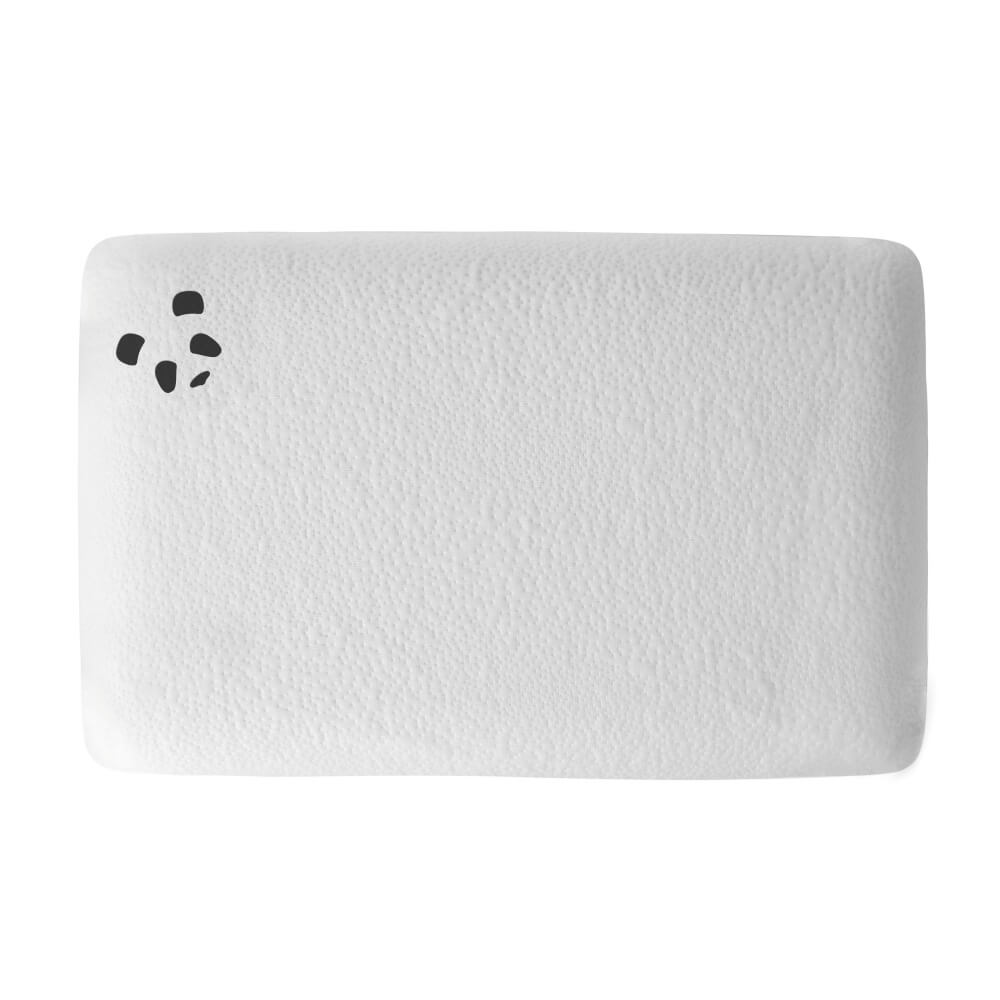Sleep is a huge part of being a parent – getting enough sleep yourself, trying to get your little one to sleep through the night, keeping them safe while they sleep and so much more. From baby pillows to their very first duvet, it can be a bit of a minefield. So if you’re looking for advice on when your little one can have a pillow or duvet, sit down and have a read before your coffee gets cold…
When can a baby have a pillow?
The general advice for when your baby can start sleeping with a pillow is from 12 months old. This is recommended by the NHS. Babies younger than one should not sleep with a pillow, as this can lead to risk of suffocation. However, after their first birthday, it is generally safe to give your baby a pillow. You should always keep an eye on your baby while they’re getting used to sleeping with a pillow, and follow safe sleep guidelines. Remember, you know your baby best! So if you don’t think they’re ready for a pillow until 15 or even 18 months, that’s okay.
Why can’t babies use a normal pillow?
When you do decide your little one is ready for a pillow, you should opt for a baby-specific pillow. Going straight in with a normal (adult) pillow is not recommended, as they are much bigger and therefore can be unsafe. If a pillow is too big, it could be a suffocation risk or lead to poor sleep posture.
Choosing a baby pillow means that it will be the perfect size and just the right loft height for your little one. Their body is at a crucial developmental stage, so they need a pillow that properly supports their neck and spine.
What kind of pillow should I give my baby?
A bamboo pillow is perfect for babies – again, just ensure you get a baby pillow rather than one designed for older children or adults. Bamboo is hypoallergenic so it’s perfect for little ones; it is also breathable and thermoregulating to help keep them safe and cool at night. The Panda Baby Bamboo Pillow is made with memory foam and features a contour curve centre to ensure pressure is evenly spread across the back of the head. This maximises comfort and keeps your little one properly supported to aid with their development.
A pillow with a removable cover is ideal; look for one with a cover that you can take off using a baby-friendly zip. This means you can wash the cover regularly, keeping it fresh and hygienic despite the dribbles!

When can a baby have a duvet?
As you probably know, duvets aren’t safe for young babies – this is because if they move into a position where the duvet covers their face, they lack the fine motor skills to be able to move it off. This can lead to a risk of suffocation. Babies should be wrapped tightly to sleep – swaddling or sleeping bags are a great option for younger children.
However, from 12 months onwards you can start giving your baby a duvet as per the NHS guidelines. You know your baby best, so you’ll know whether you’re comfortable with giving them a duvet or not. Always keep an eye on them when they’re getting used to sleeping with a duvet, and ensure it’s not covering their mouth and nose at all.
What kind of duvet should I give my baby?
After 12 months, if you decide your precious little one is ready to transition to sleeping with a duvet, look for something breathable like a bamboo duvet. Hypoallergenic and thermoregulating, a bamboo kids duvet will keep your baby at the right temperature for a good night’s sleep. Naturally antibacterial and moisture-wicking, bamboo duvets are perfect for keeping sleep fresh. Make sure the duvet is the right size for their cot or crib, and not too big. If the duvet takes up too much space, this can pose a risk during bedtime.
If you don’t think they’re ready for a proper duvet yet, muslin cloths are a great alternative – thin and breathable, they still offer that feeling of security that many babies long for.
When can a toddler have a pillow?
Pillows are safe for toddlers, as they now have much better fine motor skills so can independently adjust their position. If you gave them a pillow as a baby, after the age of one, they’ll be used to sleeping with one already. If not, you can give your toddler a pillow straight away to help them sleep in comfort – which is beneficial for you, too, as you might get more sleep yourself!
Sleep is a vital part of a toddler’s development. Ensuring they’re comfortable and supported will mean they fall asleep easier, and hopefully stay asleep for longer. This will aid development and allow them to wake up ready to face the challenges of learning how the world works…
What kind of pillow should I give my toddler?
As with babies, an adult pillow won’t work. You can’t give toddlers a standard pillow as it’s not the right size or loft height to keep them sleeping safely – opting for a toddler-specific pillow means it will be the right shape, size and height to keep their neck and spine properly supported. This keeps them comfortable and helps them sleep through the night.
Opt for hypoallergenic materials like bamboo, and a pillow that’s not too low down on the firmness scale. Anything too soft will be unsupportive, which can hinder the development of your little one’s neck and spine. Our toddler pillow also comes with a removable, washable cover so you can keep bedtime hygienic and fresh!
When they’re slightly older, they can transition again to a kids pillow – finding a pillow that’s the perfect loft height for the stage they’re at is really important to keep them supported and properly aligned as they sleep.

When can a toddler have a duvet?
As mentioned, duvets are typically safe from 12 months. By the time your little one gets to the toddler stage, you may have already given them a duvet at bedtime. If not, it’s a great time to really enhance their sleeping experience. You can get really cute duvet covers that match the aesthetic of their room, or that fit with their interests. Toddler duvet covers are available printed with everything from superheroes to princesses, so you’ll find something that makes bedtime a really fun experience for them.
Again, ensure it’s the right size for their cot or bed. This will help to keep them safe – at this age, they have the ability to independently move the duvet away from their face in the night, but it’s still something important to consider.
What kind of duvet should I give my toddler?
Look for duvets that are breathable and hypoallergenic – bamboo is an ideal option because it ticks these boxes. It is also super soft and snuggly, meaning they’ll feel really cosy at night without overheating. Bamboo duvets are easy to wash and dry, so you can keep bedtime fresh for your little one without adding any stress to your already busy life!
How to choose the right bedding for babies and toddlers
There are plenty of options on the market when it comes to choosing bedding for your little panda. With so much choice, it can be hard to know exactly what to go for. So, why should you choose bamboo pillows and duvets for your child? There are so many incredible benefits of bamboo, some of which we’ve discussed already. Let’s look a little deeper at why this wonder fabric should be your go-to when shopping for bedding for your baby or toddler…
Benefits of bamboo
- Hypoallergenic – little ones are prone to allergies and sensitive skin, and you want to protect them as much as you possibly can. This is why hypoallergenic bamboo makes a great option for bedding for babies and toddlers.
- Breathable – a key component of bedding for little ones should be breathability. Bamboo is a highly breathable fabric that will keep them sleeping well.
- Moisture-wicking – babies and toddlers can sweat at night, and of course there are leaks and accidents to consider. Bamboo is moisture-wicking which will keep them comfortable as they snooze.
- Naturally antibacterial – repelling bacteria and dust mites is important, and bamboo does just that to keep your baby’s bedding clean and fresh.
- Thermoregulating – temperature is really important, as overheating is a big risk at night. Bamboo is thermoregulating, reacting to your little one’s body temperature to keep them safe as they sleep.
Tips for a smooth transition to pillows and duvets
Little ones are often reluctant when it comes to making changes to their routine and set-up, so it’s important to not disrupt them too much at bedtime.
How to transition a baby to a pillow and duvet
When you think they’re ready for a pillow and/or a duvet, here are some tips for making this new milestone as easy and fun as possible!
- Introduce pillows and duvets gradually – for example, during a few daytime naps before making it an every-night bedtime thing.
- Explain to your little one, if they’re able to understand, what it is you’re adding to their bedtime set-up and why.
- Ensure they’re comfortable and change their position, or switch out the pillow or duvet to something different, if necessary.
- Keep their favourite blanket or teddy close to them so they have something familiar with them at bedtime.
How many pillows and duvets does your baby need?
Babies and toddlers should sleep with only one pillow and one duvet, but it is useful to keep some extras at home. Accidents happen, and you’ll often need to pop the pillow cover or the duvet in the wash. This is why having 2-3 duvets is really useful, if you have the space, and why you should opt for pillows with removable, washable covers. This ensures sleep is fresh and hygienic, and they never have to be without their comfort items at bedtime!
Pillows and duvets for babies and toddlers
We appreciate there’s a lot of information here, but it comes down to this: pillows and duvets can be introduced from 12 months. You know your baby best, so you’ll know when they’re ready to transition to safely using a pillow and duvet at bedtime. Selecting a pillow with the perfect loft height for their age is really important to encourage healthy spinal development, and choosing a breathable duvet is vital.
Bamboo is a fantastic fabric for little ones’ pillows and duvets, as it’s comfortable, hygienic, hypoallergenic and also super sustainable. By choosing bamboo, you’re protecting the planet to keep it as healthy as possible for your child’s future.
| Explore our Panda Kids™ range to find the perfect eco-friendly bamboo sleep accessories for your little one, and help make bedtime their favourite time. |

![[MattressTopper] Panda London Memory Foam Bamboo Mattress Topper package box](http://pandalondon.com/cdn/shop/files/Bamboo_Mattress_Topper_Package_Box.webp?v=1742301823&width=1500)
![[MattressTopper] Panda London Memory Foam Bamboo Mattress Topper on the floor](http://pandalondon.com/cdn/shop/products/Panda-Memory-Foam-Bamboo-Mattress-Topper-Yoga-e1624045454555.jpg?v=1758795458&width=1000)
![[MattressTopper] Bamboo Mattress Topper Lifestyle Image with Memory Foam Pillows Product Page](http://pandalondon.com/cdn/shop/files/Bamboo_Mattress_Topper_Lifestyle_Image_with_Memory_Foam_Pillows_Product_Page.webp?v=1758795458&width=800)
![[MattressTopper] Bamboo Mattress Topper Lifestyle Image with Bamboo Pillows In the Garden room Product Page](http://pandalondon.com/cdn/shop/files/Bamboo_Mattress_Topper_Lifestyle_Image_with_Bamboo_Pillows_In_the_Garden_room_Product_Page.webp?v=1758795458&width=800)
![[MattressTopper] Panda London Memory Foam Bamboo Mattress Topper side](http://pandalondon.com/cdn/shop/files/Mattress_Topper_Isolated_-_resized.jpg?v=1758795458&width=800)
![[HybridMattressPro] Main Image for Hybrid Bamboo Mattress Pro with all awards](http://pandalondon.com/cdn/shop/files/Hybrid_Bamboo_Mattress_Pro_Main_product_Image_with_awards.webp?v=1753971649&width=1000)
![[HybridMattressPro] Breathable Hybrid Bamboo Mattress](http://pandalondon.com/cdn/shop/products/Breathable-Hybrid-Bamboo-Mattress.jpg?v=1753971649&width=1920)
![[HybridMattressPro] Hybrid Bamboo Mattress Pro Cover Zip](http://pandalondon.com/cdn/shop/files/Hybrid_Bamboo_Mattress_Cover.jpg?v=1753971649&width=800)
![[HybridMattressPro] Panda Hybrid Bamboo Mattress Pro](http://pandalondon.com/cdn/shop/files/Hybrid_Bambo_Memory_Foam_Mattress_-_BioCell_Foam_x.jpg?v=1755095108&width=800)
![[HybridMattressPro] Couple on a Hybrid Bamboo Mattress Pro](http://pandalondon.com/cdn/shop/files/Hybrid_Bamboo_Mattress_Couple.jpg?v=1753971649&width=800)
![[CloudDuvet] Panda London The Cloud Bamboo Duvet Packaging](http://pandalondon.com/cdn/shop/products/Panda-London-The-Cloud-Bamboo-Duvet-Panda-Life-scaled_00a651ad-4ca3-4105-b520-12a94c1a4f71.jpg?v=1713363286&width=1920)
![[CloudDuvet] Panda London The Cloud Bamboo Duvet Rolled](http://pandalondon.com/cdn/shop/products/Duvet-Listing-Images03.jpg?v=1764079307&width=1000)
![[CloudDuvet] Panda London The Cloud Bamboo Duvet Girl Huggin a Duvet on the Bed](http://pandalondon.com/cdn/shop/files/Cloud_Bamboo_Duvet_-_Lady_Hugging_it_on_Bed_LifestyleImage.jpg?v=1764079307&width=1000)
![[CloudDuvet] Panda London The Cloud Bamboo Duvet Guy In the Air with Cloud Bamboo Duvet](http://pandalondon.com/cdn/shop/files/GuyonaHybridBambooMattresswithCloudDuvet.jpg?v=1764079307&width=2000)
![[CloudDuvet] Panda Cloud Duvet Winter on the bed lifestyle image](http://pandalondon.com/cdn/shop/files/Panda_Cloud_Duvet_Winter_on_the_Bed_Lifestyle-1_image.jpg?v=1764079307&width=1000)
![[BBWhite] White 100% Bamboo Bedding](http://pandalondon.com/cdn/shop/files/Pure_White_Full_Bed.webp?v=1719581797&width=1000)
![[BBWhite] White 100% Bamboo Bedding Texture](http://pandalondon.com/cdn/shop/files/100_Bamboo_Bedding_-_Pure_White_-_Close_Up_02.webp?v=1762879591&width=1000)
![[BBWhite] White 100% Bamboo Bedding Woman in bed sleeping](http://pandalondon.com/cdn/shop/files/100-Bamboo-Bedding-Set-Pure-White-BB.webp?v=1762879591&width=768)
![[BBWhite] White 100% Bamboo Bedding Woman Duvet cover buttons](http://pandalondon.com/cdn/shop/files/hand_and_buttons_1.webp?v=1762879591&width=1000)
![[BBWhite] White 100% Bamboo Bedding Woman in bed looking and smiling-](http://pandalondon.com/cdn/shop/files/SatonMadeBed-White100_BambooBedding-white_-_BB_SideShot1000x1000.webp?v=1762879591&width=980)
![[BBUrbanGrey] Urban Grey 100% Bamboo Bedding](http://pandalondon.com/cdn/shop/files/Made_Bed_-_Urban_Grey_-_Wide_Shot_2_1_1.webp?v=1762880019&width=1000)
![[BBUrbanGrey] Cloud Duvet Urban Grey 100% Bamboo Bedding Set](http://pandalondon.com/cdn/shop/files/Cloud_Duvet_-_Grey_-_Close_up_2.webp?v=1762880019&width=1000)
![[BBUrbanGrey] Urban Grey 100% Bamboo Bedding Set Woman sitting on the bed](http://pandalondon.com/cdn/shop/files/Sat_in_Bed_-_Grey_100__Bamboo_Bedding_-_Wide_Shot.webp?v=1762880019&width=1000)
![[BBUrbanGrey] Urban Grey 100% Bamboo Bedding Set Woman Duvet buttons Panda London](http://pandalondon.com/cdn/shop/files/hand_buttons_grey_bedding_1.webp?v=1762880019&width=1000)
![[BBUrbanGrey] Woman Sitting on the Bamboo Bedding with coffee](http://pandalondon.com/cdn/shop/files/SatonMadeBed-White100_BambooBedding-SideShot1000x1000.jpg?v=1762880019&width=1000)
![[BBNavyBlue] Deep Sea Navy Blue 100% Bamboo Bedding](http://pandalondon.com/cdn/shop/files/Made_Bed_-_Navy_-_Wide_Shot_3_copy.webp?v=1762879591&width=1000)
![[BBNavyBlue] Deep Sea Navy Blue 100% Bamboo Bedding Texture](http://pandalondon.com/cdn/shop/files/Cloud_Duvet_-_Navy_-_Close_up_2.webp?v=1762880019&width=1000)
![[BBNavyBlue] Deep Sea Navy Blue 100% Bamboo Bedding Woman Sitting on the bed](http://pandalondon.com/cdn/shop/files/Sat_Up_in_Bed_-_Navy_100__Bamboo_Bedding_-_Hands_on_Bed.webp?v=1762880019&width=1000)
![[BBNavyBlue] Deep Sea Navy Blue 100% Bamboo Bedding Duvet Cover Buttons](http://pandalondon.com/cdn/shop/files/Cloud_Duvet_Cover_Buttons_-_Deep_Sea_Navy.webp?v=1762880019&width=1000)
![[BBNavyBlue] Deep Sea Navy Blue 100% Bamboo Bedding Woman sitting on the bed looking away](http://pandalondon.com/cdn/shop/files/SatonMadeBed-White100_BambooBedding-SideShot1000x1000-001.webp?v=1762880019&width=980)
![[BBPink] Vintage Pink Blue 100% Bamboo Bedding](http://pandalondon.com/cdn/shop/files/Made_Bed_-_Pink_-_Wide_Shot_copy.webp?v=1762879591&width=1000)
![[BBPink] Vintage Pink Texture 100% Bamboo Bedding](http://pandalondon.com/cdn/shop/files/Cloud_Duvet_-_Pink_-_Close_up_2.webp?v=1762880019&width=1000)
![[BBPink] Vintage Pink Woman Sitting on the 100% Bamboo Bedding](http://pandalondon.com/cdn/shop/files/Sat_Up_in_Bed_-_Pink_-_Hands_on_Bed.webp?v=1762880019&width=1000)
![[BBPink] Vintage Pink Woman Sitting on the 100% Bamboo Bedding Duvet Cover](http://pandalondon.com/cdn/shop/files/Cloud_Duvet_Cover_Buttons_-_Vintage_Pink.webp?v=1762880019&width=1000)
![[BBPink] Vintage Pink Woman Sitting on the 100% Bamboo Bedding Woman looking far away](http://pandalondon.com/cdn/shop/files/SatonMadeBed-White100_BambooBedding-SideShot1000x1000-001_Vintage_Pink.webp?v=1762880019&width=980)
![[BBGrey] Light Grey 100% Bamboo Bedding](http://pandalondon.com/cdn/shop/files/Made_Bedding_in_Bedroom_-_Urban_Grey_-_Wide_Shot.webp?v=1762879591&width=1000)
![[BBGrey] Light Grey 100% Bamboo Bedding texture](http://pandalondon.com/cdn/shop/files/Texture17.webp?v=1762880019&width=1000)
![[BBGrey] Light Grey 100% Bamboo Bedding with Woman smiling](http://pandalondon.com/cdn/shop/files/Sat_Up_in_Bed_-_Grey_-_Hands_on_Bed.webp?v=1762880019&width=1000)
![[BBGrey] Light Grey 100% Bamboo Bedding with Duvet Cover buttons](http://pandalondon.com/cdn/shop/files/Cloud_Duvet_Cover_Buttons_-_Quiet_Grey.webp?v=1762880019&width=1000)
![[BBGrey] Light Grey 100% Bamboo Bedding with Woman smiling and sitting coffee](http://pandalondon.com/cdn/shop/files/SatonMadeBed-White100_BambooBedding-SideShot1000x1000-002-_Grey.webp?v=1762880019&width=980)
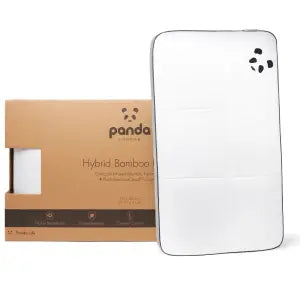 Hybrid Bamboo Pillow
Hybrid Bamboo Pillow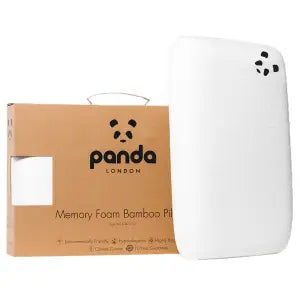 Memory Foam Bamboo Pillow
Memory Foam Bamboo Pillow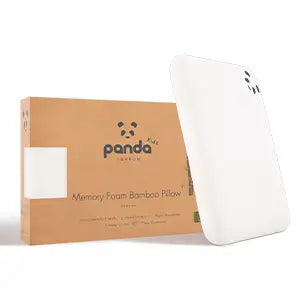 Kids Memory Foam Bamboo Pillow
Kids Memory Foam Bamboo Pillow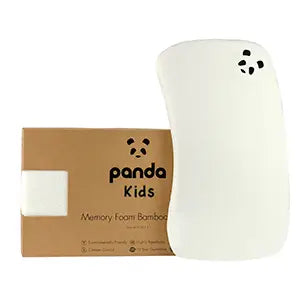 Baby Memory Foam Bamboo Pillow
Baby Memory Foam Bamboo Pillow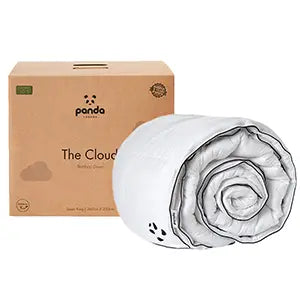 Panda Cloud Duvet
Panda Cloud Duvet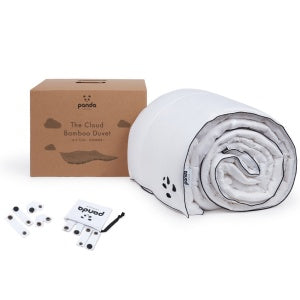 Bamboo Summer Duvet
Bamboo Summer Duvet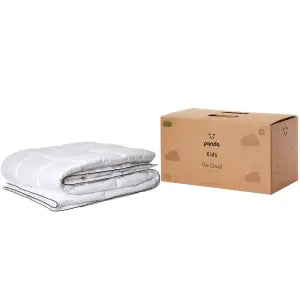 Kids Cloud Duvet
Kids Cloud Duvet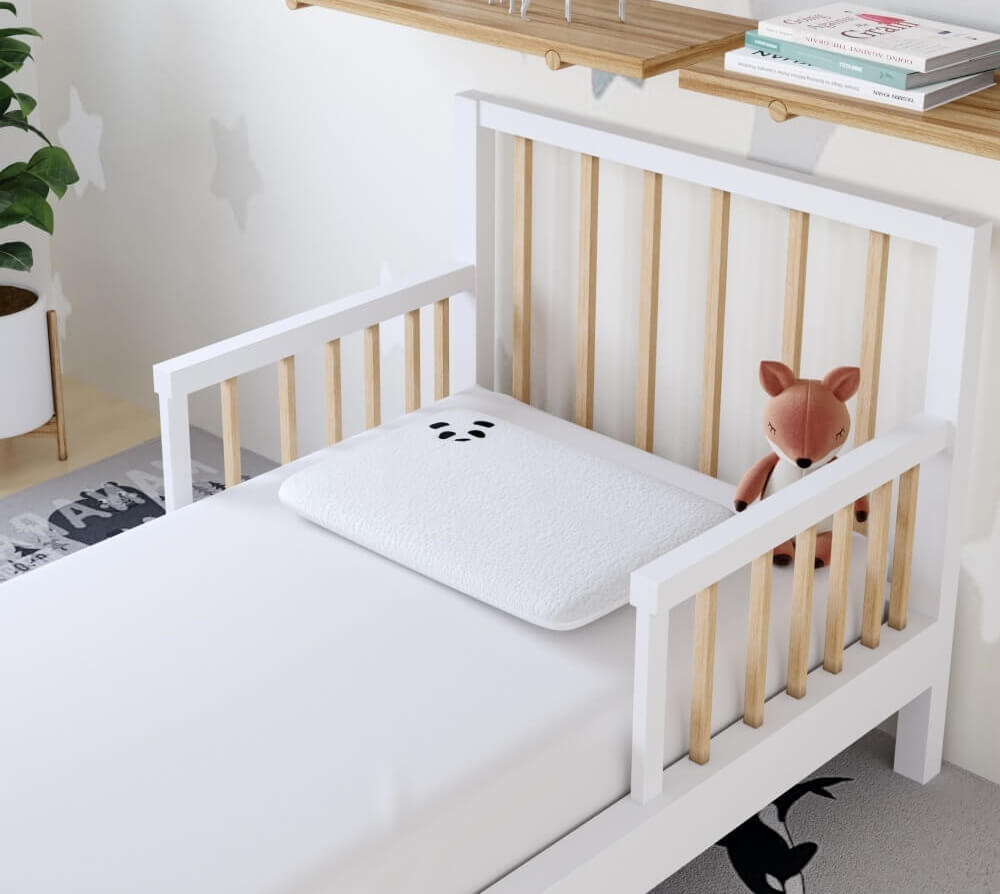

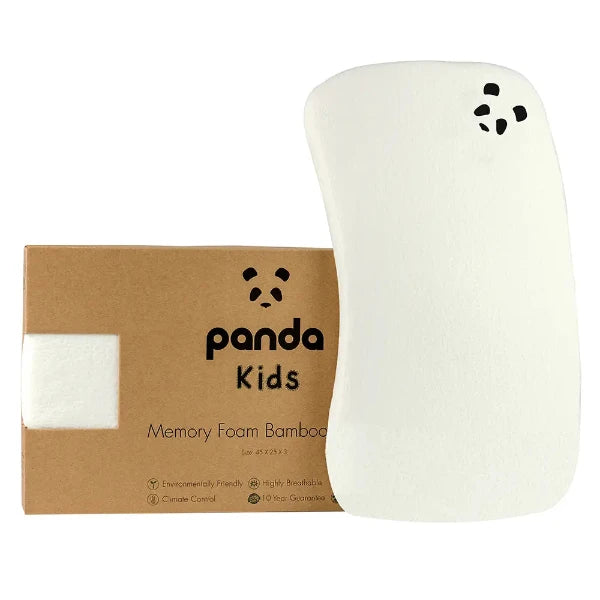
![[Pillowcovers] Baby memory foam bamboo pillow image](http://pandalondon.com/cdn/shop/products/Panda-Memory-Foam-Bamboo-Pillow-Baby.jpg?v=1718207318&width=1536)
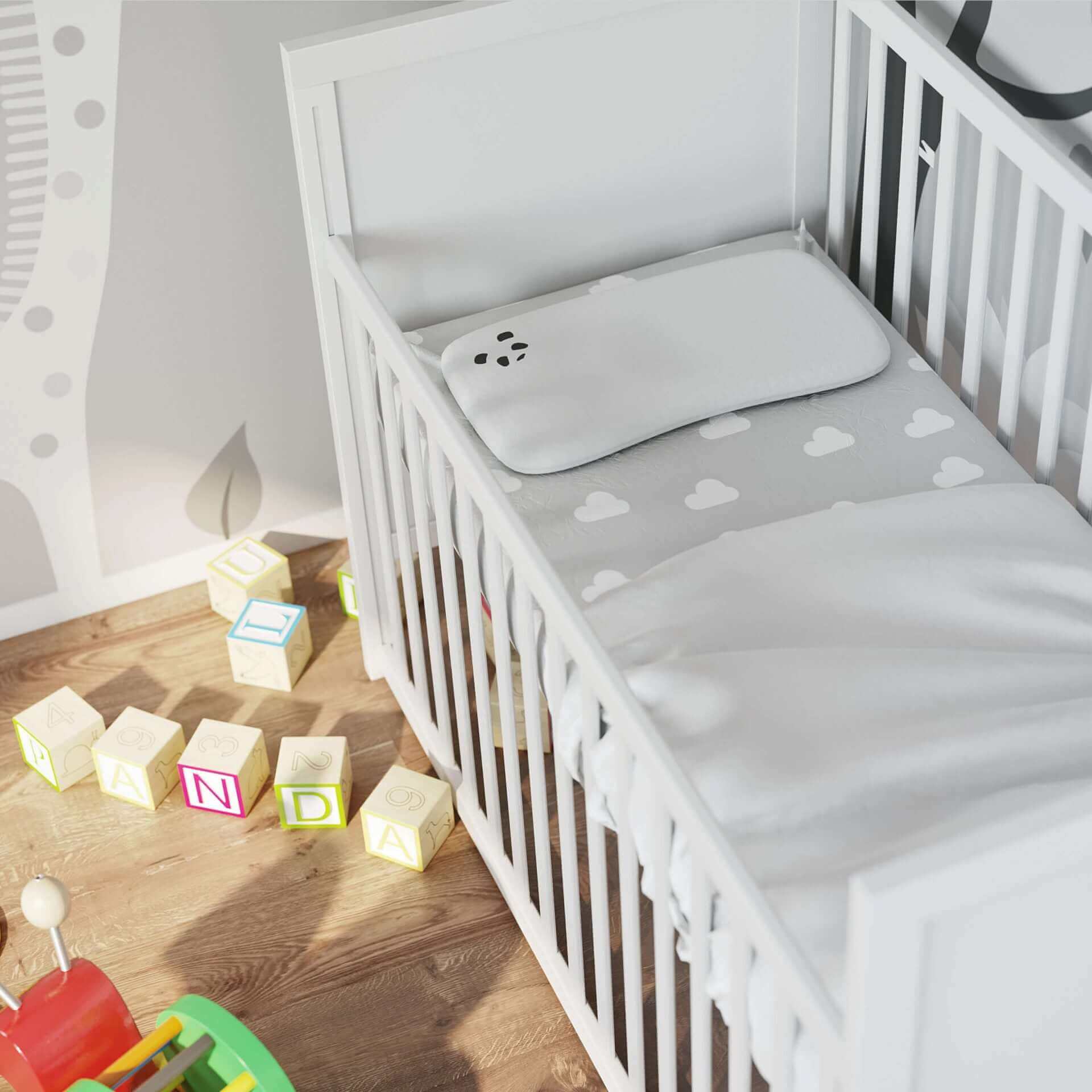
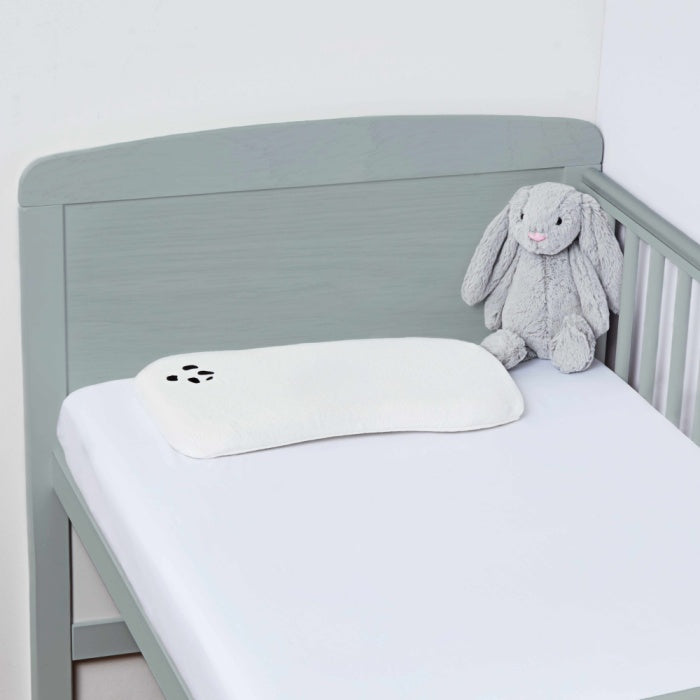
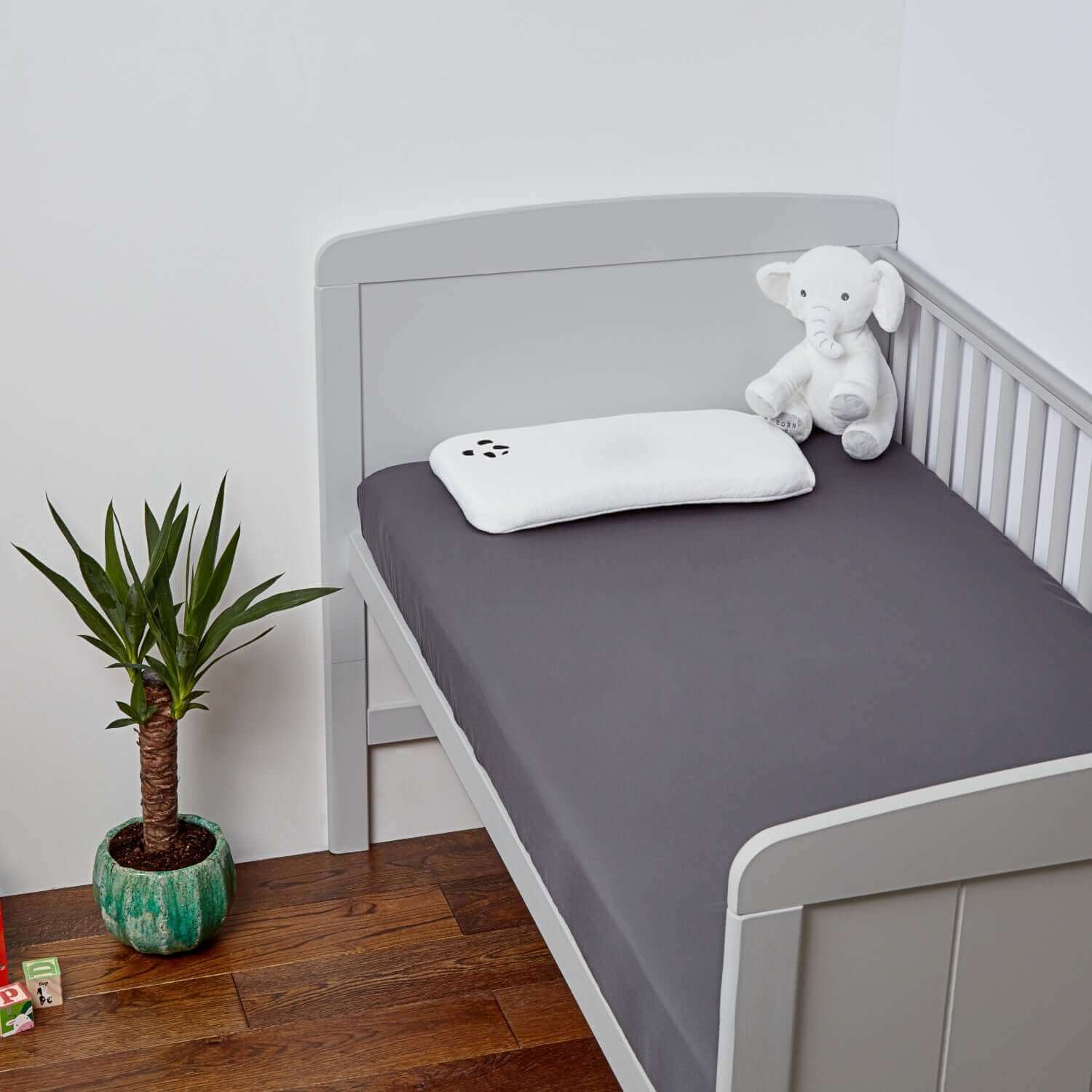
![[FSKids] Kids_Full_Bamboo_Bedding_Set_Pure_White_-_jpg](http://pandalondon.com/cdn/shop/files/Kids_Full_Bamboo_Bedding_Set_White_-_jpg.jpg?v=1745334928&width=800)
![[FSKids] Fitted Sheet Kids Bamboo Bedding Texture White](http://pandalondon.com/cdn/shop/files/FittedSheetKidsBambooBeddingTextureWhite.webp?v=1745334928&width=1000)
![[FSKids] Kids-Bamboo_Bedding_Duvet_Cover_White](http://pandalondon.com/cdn/shop/files/Kids-Bamboo_Bedding_Duvet_Cover_White.webp?v=1745334928&width=1000)
![[all] Kids_Bamboo_Bedding_Set](http://pandalondon.com/cdn/shop/files/Kids_Bamboo_Bedding_Set.webp?v=1745334928&width=1225)
![[all] Kids_Bamboo_Bedding_Set-1](http://pandalondon.com/cdn/shop/files/Kids_Bamboo_Bedding_Set_9329c9a8-b31d-4925-87d3-390d16a021d0.webp?v=1745334928&width=1225)
![[FSKids] Kids_Full_Bamboo_Bedding_Set_Grey_-_jpg](http://pandalondon.com/cdn/shop/files/Kids_Full_Bamboo_Bedding_Set_Grey_-_jpg.jpg?crop=region&crop_height=679&crop_left=60&crop_top=0&crop_width=679&v=1745334928&width=800)
![[FSKids] Fitted Sheet Kids Bamboo Bedding Texture Quiet Grey](http://pandalondon.com/cdn/shop/files/FittedSheetKidsBambooBeddingTextureQuietGrey.webp?v=1745334928&width=1000)
![[FSKids] Kids-Bamboo_Bedding_Duvet_Cover_Grey](http://pandalondon.com/cdn/shop/files/Kids-Bamboo_Bedding_Duvet_Cover_Grey.webp?v=1745334928&width=1000)
![[FSKids] Kids_Full_Bamboo_Bedding_SetPink_-_jpg](http://pandalondon.com/cdn/shop/files/Kids_Full_Bamboo_Bedding_SetPink_-_jpg.jpg?crop=region&crop_height=679&crop_left=60&crop_top=0&crop_width=679&v=1745334928&width=800)
![[FSKids] Fitted Sheet Kids Bamboo Bedding Texture Vintage Pink](http://pandalondon.com/cdn/shop/files/FittedSheetKidsBambooBeddingTextureVintagePink.webp?v=1745334928&width=1000)
![[FSKids] Kids-Bamboo_Bedding_Duvet_Cover_Pink](http://pandalondon.com/cdn/shop/files/Kids-Bamboo_Bedding_Duvet_Cover_Pink.webp?v=1745334928&width=1000)
![[FSKids] Kids_Full_Bamboo_Bedding_Set_Deep_Sea_Navy_-_jpg](http://pandalondon.com/cdn/shop/files/Kids_Full_Bamboo_Bedding_Set_Deep_Sea_Navy_-_jpg.jpg?crop=region&crop_height=679&crop_left=60&crop_top=0&crop_width=679&v=1745334928&width=800)
![[FSKids] Kids_Full_Bamboo_Bedding_Set_Deep_Sea_Navy_-_jpg_Texture](http://pandalondon.com/cdn/shop/files/Kids_Full_Bamboo_Bedding_Set_Deep_Sea_Navy_-_jpg_Texture.webp?v=1745334928&width=1000)
![[FSKids] Kids-Deep_Sea_Navy_Bamboo_Bedding_Duvet_Cover-jpg](http://pandalondon.com/cdn/shop/files/Kids-Deep_Sea_Navy_Bamboo_Bedding_Duvet_Cover-jpg.webp?v=1745334928&width=1000)
![[FSKids] Kids_Full_Bamboo_Bedding_Set_Urban_Grey_-_jpg](http://pandalondon.com/cdn/shop/files/Kids_Full_Bamboo_Bedding_Set_Urban_Grey_-_jpg.jpg?crop=region&crop_height=679&crop_left=60&crop_top=0&crop_width=679&v=1745334928&width=800)
![[FSKids] Texture_Kids_Full_Bamboo_Bedding_Set_Urban_Grey_-_jpg](http://pandalondon.com/cdn/shop/files/Texture_Kids_Full_Bamboo_Bedding_Set_Urban_Grey_-_jpg.webp?v=1745334928&width=1000)
![[FSKids] Kids-Urban_Grey_Bamboo_Bedding_Duvet_Cover-jpg](http://pandalondon.com/cdn/shop/files/Kids-Urban_Grey_Bamboo_Bedding_Duvet_Cover-jpg.webp?v=1745334928&width=1000)
![[KidsDuvet] Kids Cloud Duvet product image](http://pandalondon.com/cdn/shop/products/Panda-London_Kids_Duvet-scaled.jpg?v=1713363289&width=1920)
![[KidsDuvet] Kids Cloud Duvet on a cotbed](http://pandalondon.com/cdn/shop/files/Kids-KidsCloudDuvet.jpg?v=1750342405&width=2000)
![[KidsDuvet] Kids Cloud Bamboo Duvet Folded](http://pandalondon.com/cdn/shop/files/Kids_Cloud_Bamboo_Duvet_-_Folded_-_Logo_Shown_-_White_Background_Kids_Duvet.jpg?v=1750342405&width=1000)
![[KidsDuvet] Kids_CloudBambooDuvet-CornerLip-WhiteBackground](http://pandalondon.com/cdn/shop/files/Kids_CloudBambooDuvet-CornerLip-WhiteBackground.jpg?v=1750342405&width=2000)
![[KidsDuvet] Kids_Cloud_Bamboo_Duvet_-_Padded_-_Close_Up_Shot_Kids](http://pandalondon.com/cdn/shop/files/Kids_Cloud_Bamboo_Duvet_-_Padded_-_Close_Up_Shot_Kids.jpg?v=1750342405&width=1000)
![[KidsDuvet] Kids_CloudBambooDuvetRolled-WhiteBackground_1](http://pandalondon.com/cdn/shop/files/Kids_CloudBambooDuvetRolled-WhiteBackground_1.jpg?crop=region&crop_height=1697&crop_left=151&crop_top=0&crop_width=1697&v=1750342405&width=2000)
![[KidsDuvetUKSingle] UK_Single_kids_-_Summer_Cloud_Duvet_Main_Image](http://pandalondon.com/cdn/shop/files/UK_Single_kids_-_Summer_Cloud_Duvet_Main_Image.webp?v=1750342648&width=1000)
![[KidsDuvetUKSingle] UK_Single_Kids-Image_Summer_Bamboo_Duvet_Lifestyle_image-1](http://pandalondon.com/cdn/shop/files/UK_Single_Kids-Image_Summer_Bamboo_Duvet_Lifestyle_image-1.webp?v=1750342794&width=1000)
![[KidsDuvetUKSingle]UK_Single_Summer_Duvet_-_Duvet_Folded_Isolated-webp](http://pandalondon.com/cdn/shop/files/UK_Single_Summer_Duvet_-_Duvet_Folded_Isolated-webp.webp?v=1750342794&width=1000)
![[KidsDuvetUKSingle] UK_Single_Summer_Duvet_-_Snuggle_Snaps_Bag_02-webp](http://pandalondon.com/cdn/shop/files/UK_Single_Summer_Duvet_-_Snuggle_Snaps_Bag_02-webp.webp?v=1750343051&width=1000)
![[KidsDuvetUKSingle] UK_Single_Kids_-_Summer_Cloud_Snuggle_Snaps_Image_Webp](http://pandalondon.com/cdn/shop/files/UK_Single_Kids_-_Summer_Cloud_Snuggle_Snaps_Image_Webp.webp?v=1764079307&width=1500)
![[KidsDuvetAllSeason] Kids Duvet UK Single 10.5 tog rating all season one](http://pandalondon.com/cdn/shop/files/Kids_All_Seasn_10.5_Tog_Panda_Cloud_Duvet_Main_Image.jpg?v=1750685858&width=1920)
![[KidsDuvetAllSeason] Texture Duvet Cloud Panda](http://pandalondon.com/cdn/shop/files/Kids_All_Season_Panda_Cloud_Bamboo_Duvet_-_Padded_-_Close_Up_Shot.jpg?crop=region&crop_height=1900&crop_left=169&crop_top=0&crop_width=1900&v=1750686755&width=2239)
![[KidsDuvetAllSeason] Rolled Duvet All Season 10.5 tog](http://pandalondon.com/cdn/shop/files/Kids_All_Season_Duvet_Image_002_Panda_Cloud_Duvet.jpg?v=1750686755&width=1000)
![[KidsDuvetAllSeason] Panda Cloud Duvet Corner](http://pandalondon.com/cdn/shop/files/Kids_All_Season_Panda_Cloud_Cloud_Bamboo_Duvet_-_Corner_Lip_-_White_Background.jpg?v=1750686755&width=4848)
![[KidsDuvetAllSeason] All season Panda Cloud Duvet](http://pandalondon.com/cdn/shop/files/Kids_All_Season_Duvet_UK_Single_Kids-Image_Summer_Bamboo_Duvet_Lifestyle_image-1_webp.jpg?v=1750686755&width=1000)
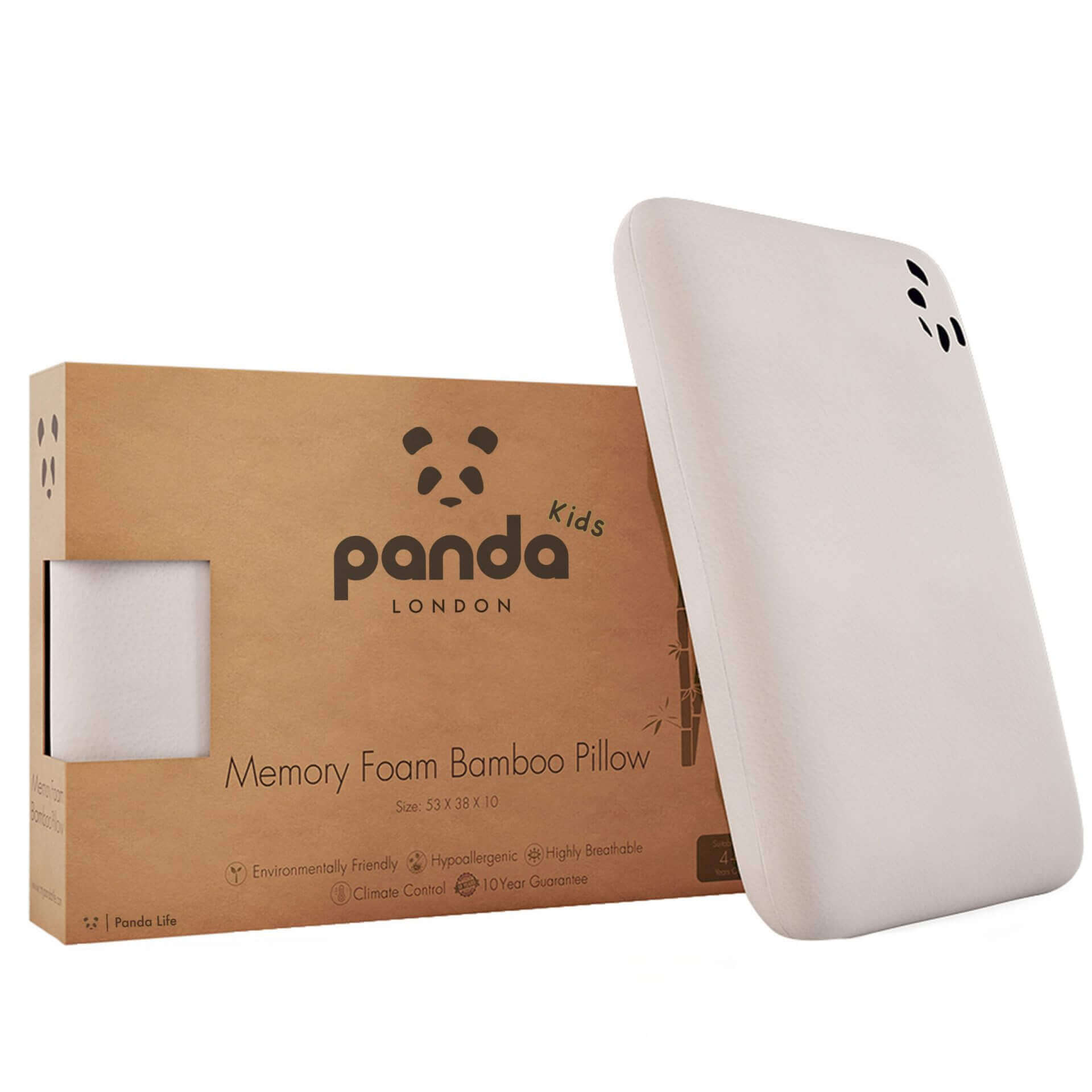
![[Pillowcovers] Pillowcase-Kids-Pillow-White-Background-](http://pandalondon.com/cdn/shop/files/Kids-Pillow-White-Background-Square_jpg.webp?v=1713361847&width=745)
